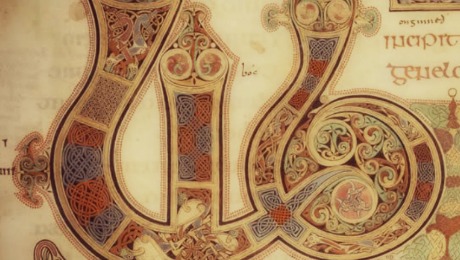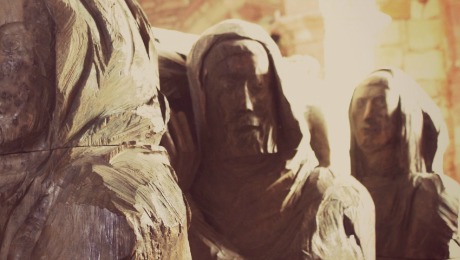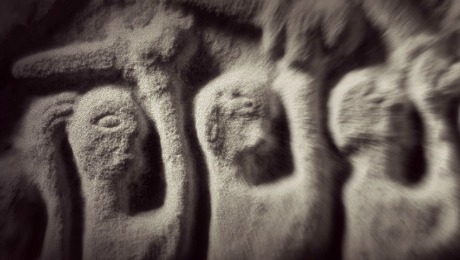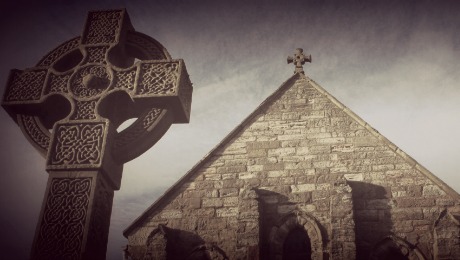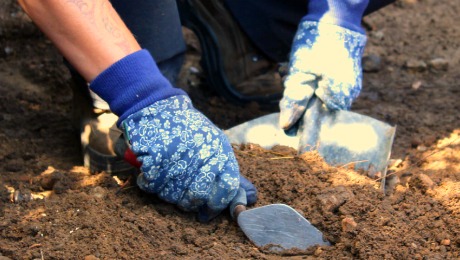After the monks fled the island, life did eventually return to Lindisfarne and another priory was built. In the 13th and 14th centuries, the monastery was threatened on both sides by fighting between the Scots and the English, but this time, the monks defended it…
Following the Viking attack, the abbot seized the relics and fled along with most of the monks. A few did stay however, but even though a small community of some kind did cling on, the monastery’s importance quickly declined and it was those who fled and ended up in Durham that were seen as the true successors of Cuthbert’s monastery.
Later, when the Normans attacked Northern England in the 11th century, some of Durham’s monks briefly sought refuge once again, but monastic life wasn’t really reinvigorated on the island until the 12th century – 300 years after the initial attack.
When the monks did finally return, they initiated a major building campaign, the most impressive of which was the new Priory Church. It was replica of Durham Cathedral, albeit on a slightly smaller scale. This brought the story of monasticism on the island full circle; the monks who fled in the face of Viking attacks and founded Durham Cathedral had now returned, complete with their own miniature cathedral.
As well as the beautiful church ruins which still stand today, other parts of this later priory are still visible, including the cloister and the less impressive but equally important traces of the kitchen and service accommodation. Plus, a recent geophysical survey also shows that parts of the infirmary still exist underground too.
Surviving documents tell us a lot about the history of the priory. In the 13th and 14th century, this border region was the site of frequent warfare between the English and the Scots. In the face of this unrest the monks gained permission to fortify the monastery, by building new walls and defences for the church and other structures in the Priory. Yet, although they were able to carry out this construction work, they did not have enough money to pay for soldiers to protect it, leaving them exposed to further attacks.
Monastic life finally came to an end under the rule of Henry VIII, who abolished all monasteries in England. However, the island gained a new importance as a military stronghold. Its position close to the Scottish border meant it became a key garrison and naval base.
New defences were built for the harbour – Lindisfarne Castle was constructed on the rocky outcrop known as Beblowe, whilst a smaller fort was built at the end of the Heugh. Facilities to produce and store food and drink were constructed – the remains of one of these supply bases, the site known as the Palace, were excavated by Time Team in the early 2000s.
By the 18th century though, all military threats had receded and Lindisfarne became a peaceful, rural place once again. The villagers mainly made their living from the sea, although a new field system was laid out in the 1790s, and there were a number of farms on the island.
New economic vitality came in the 19th century, when it became a centre for the production of lime for improving soil quality and as an ingredient in mortar. There were two large lime works on the island. The impressive remains of the lime kilns can still be seen close to the Castle, and the earthworks of another set of kilns and their associated buildings still survive to the north of the village.
